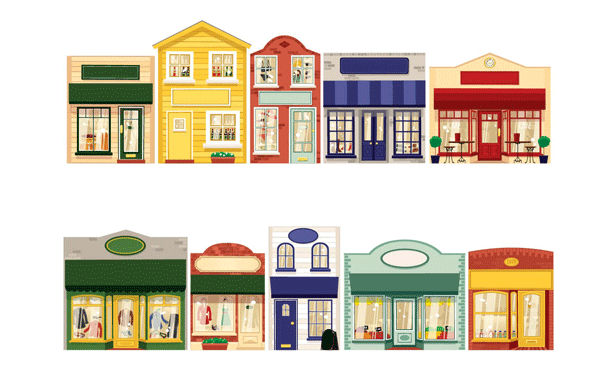Class A space had the strongest fourth quarter showing, posting about 275,00 sf of net absorption. For the year, class A absorption was 962,000 sf, which pushed year-end vacancy for the class down to 16.6%, which translates to just over 9 million sf of vacant space. Another 540,000 sf is under construction, according to the report. Class B space also ended the year 16.6% vacant, but had a lackluster fourth quarter, giving back 141,000 sf. Class B absorption was negative for the year as well, at -369,000 sf.
The best performing sub market was Seattle proper, which posted positive net absorption of 211,000 sf in the fourth quarter and more than 903,000 sf for the year. Vacancy for the sub market at year's end was 15%, according to the report. More than half of the year's absorption occurred in the financial district, where the vacancy rate now stands at about 14.1%.
The worst performing sub market was the Southend, which posted 105,000 sf of negative net absorption for the quarter and 366,000 sf of negative absorption for the year. Year-end vacancy for the Southend market was 19.2%. The only significant positive net absorption in the Southend occurred in Federal Way, which absorbed 105,000 sf of space and ended the year with a vacancy rate of 12.9%.
Continue Reading for Free
Register and gain access to:
- Breaking commercial real estate news and analysis, on-site and via our newsletters and custom alerts
- Educational webcasts, white papers, and ebooks from industry thought leaders
- Critical coverage of the property casualty insurance and financial advisory markets on our other ALM sites, PropertyCasualty360 and ThinkAdvisor
Already have an account? Sign In Now
© 2024 ALM Global, LLC, All Rights Reserved. Request academic re-use from www.copyright.com. All other uses, submit a request to [email protected]. For more information visit Asset & Logo Licensing.








